Exhibition: Silvia De Giorgi – Traces
Opening: 5.4.22, 7 pm
Exhibition: 6.4. – 21.5.22
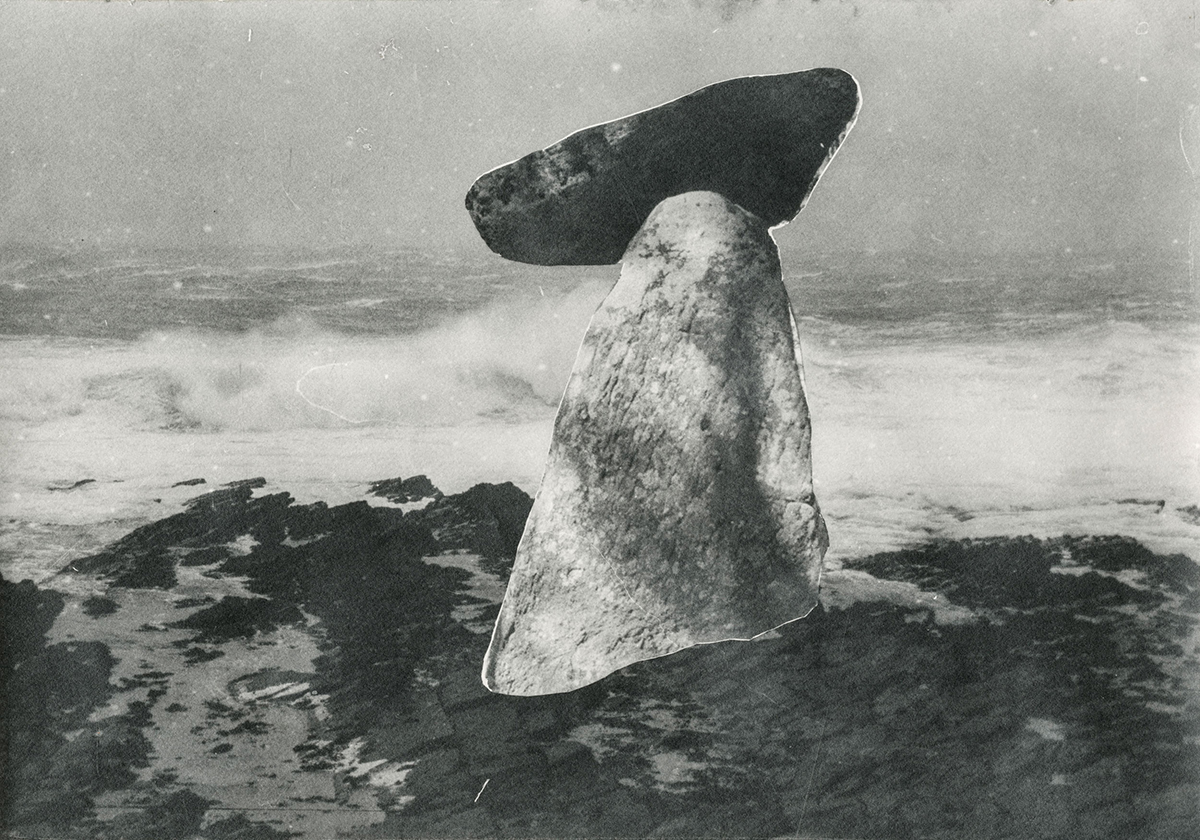
Silvia De Giorgi – Traces / Tracce / Spuren, Exhibition Foto Forum, Bolzano/Bozen (Italy), 2022, Image: Silvia De Giorgi, The Settlement, 2019. Silver-gelatin print on vintage photographic paper.
Silvia De Giorgi is an artist and photographer who lives and works between Bolzano, Italy and Oslo, Norway. In her practice, she frequently explores the relationship between people, landscapes and memories. Her works are based on her own experiences of the natural environment and are often connected to the landscapes of South Tyrol, her home region, as well as to locations visited on journeys abroad. Photography, archaeological rubbings and natural objects are combined in this exhibition to offer an insight into her ongoing exploration of the natural landscape.
De Giorgi’s research is informed by theories from Social Anthropology, and is concerned with notions of “land” envisioned as a space of transition and change, rather than a stage for human action – landscape as ‘a society, a network of relationships’, which encompasses the earth itself, the elements, animal and plant life, the histories and spiritual beliefs of its inhabitants (Johnson, 2010).

Silvia De Giorgi – Traces / Tracce / Spuren, Exhibition Foto Forum, Bolzano/Bozen (Italy), 2022, Image: Silvia De Giorgi, Floating Rocks II, 2018. Liquid photographic emulsion on etching paper.
The sites she records are often found where the land is marked with traces of the past: places exposed to harsh weather conditions and locations that bear the signs of a past human presence. In her journeys, she often searches for prehistoric sites that have been reclaimed and affected by the surrounding landscape, such as neolithic monuments, ancient settlements and rock carvings. Like rocks, cliffs and mountains these earliest signs of human existence in the landscape are slowly washed away by time and the natural elements.
The temporal character of landscapes, is emphasized in her photographs by the use of alternative photographic processes and expired photographic papers. The water, chemicals and elements affecting geographical formations are reflected in the darkroom, where images are printed on aged photo paper. These prints are characterised by faded areas, spots, and unpredicted colourations. They are often affected by light, even after processing, resulting in images with low contrasts that might degrade and change appearance over time.

Silvia De Giorgi – Traces / Tracce / Spuren, Exhibition Foto Forum, Bolzano/Bozen (Italy), 2022, Image: Silvia De Giorgi, The Smallest Pieces, 2019. Silver-gelatin print on vintage photographic paper.
De Giorgi’s images are often subjected to a collage-like method in the darkroom, and juxtapose elements from different locations, merging layers of personal and collective histories in re-constructed scenes. Other photographs take as a starting point small objects collected from visited locations, rather than depicting the sites themselves. The objects are enlarged and removed from their context in the photographs. They become abstract landscapes themselves or assume ritualised, totem-like qualities.
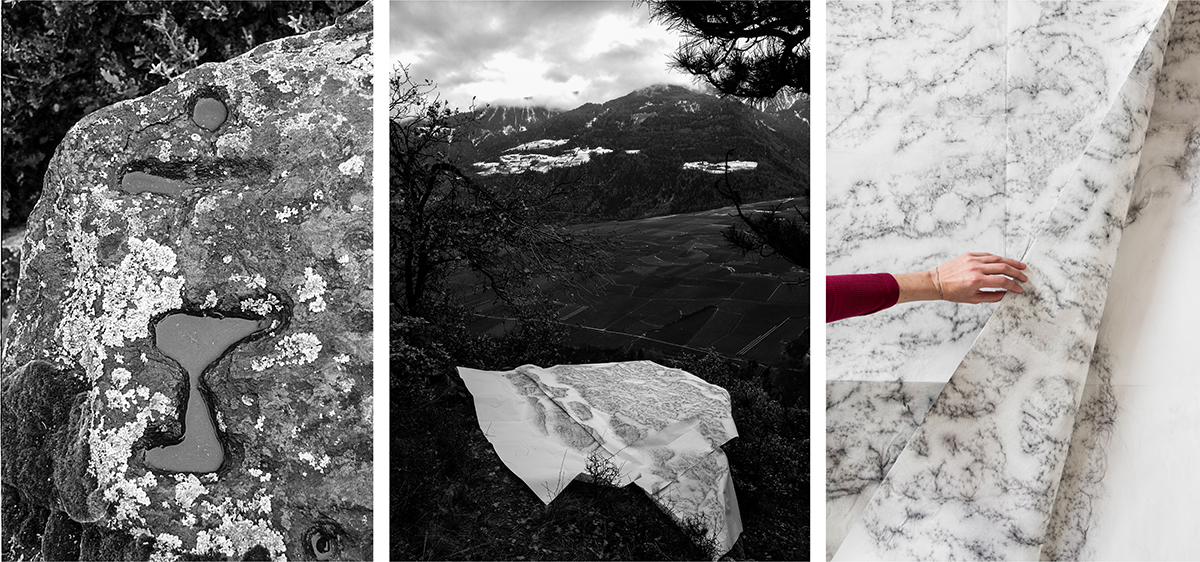
Silvia De Giorgi – Traces / Tracce / Spuren, Exhibition Foto Forum, Bolzano/Bozen (Italy), 2022, Image: Silvia De Giorgi, Progress shots, 2019 (from left to right): detail of a prehistoric rock art panel, South Tyrol, Italy; frottage/rubbing of the rock art panel on site; folded frottage detail, carbon paper on drawing paper.
Rubbings (frottages) inspired by archaeological documentation and conservation techniques, represent an other aspect of De Giorgi’s research into landscapes. The frottages record ancient rock carvings, taken from various rock formations found in the mountains and valleys of South Tyrol. Prehistoric rock carvings are an important part of human history but they are rapidly being destroyed by changing environmental conditions. As they are usually situated in the open landscape they are exposed to extreme weathering and air pollution. The frottages in this exhibition not only document the geological features of the rock and the faint prehistoric carvings on its surface, but also work as a ‘recorded dialogue’ between the rock face and the artist. They contain her memories and experiences of the hours and days spent working on site, within the land.
Reference: Johnson, L. (2010) Trail of Story, Traveller’s Path: Reflections on Ethnoecology and Landscape. Edmonton, Canada; AU Press, Athabasca University
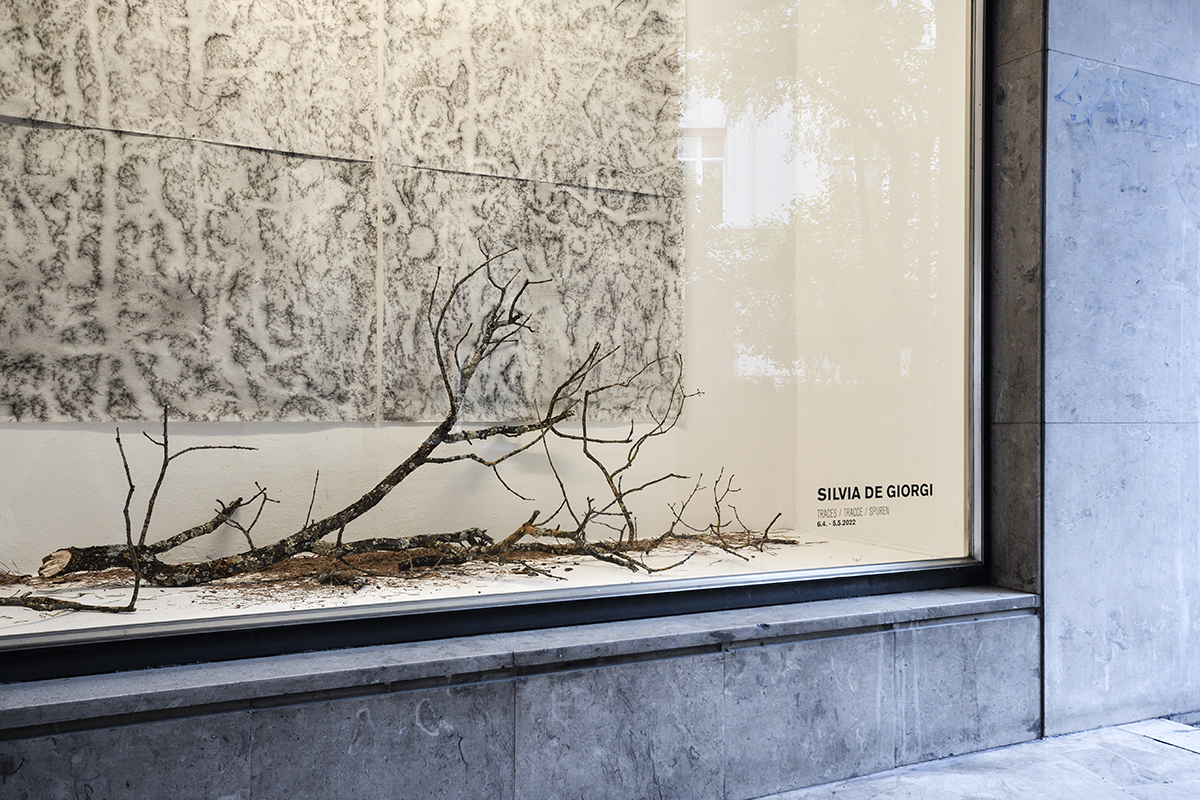
Silvia De Giorgi – Traces / Tracce / Spuren, Exhibition Foto Forum, Bolzano/Bozen (Italy), 2022, Image: Luca De Giorgi, Installation view
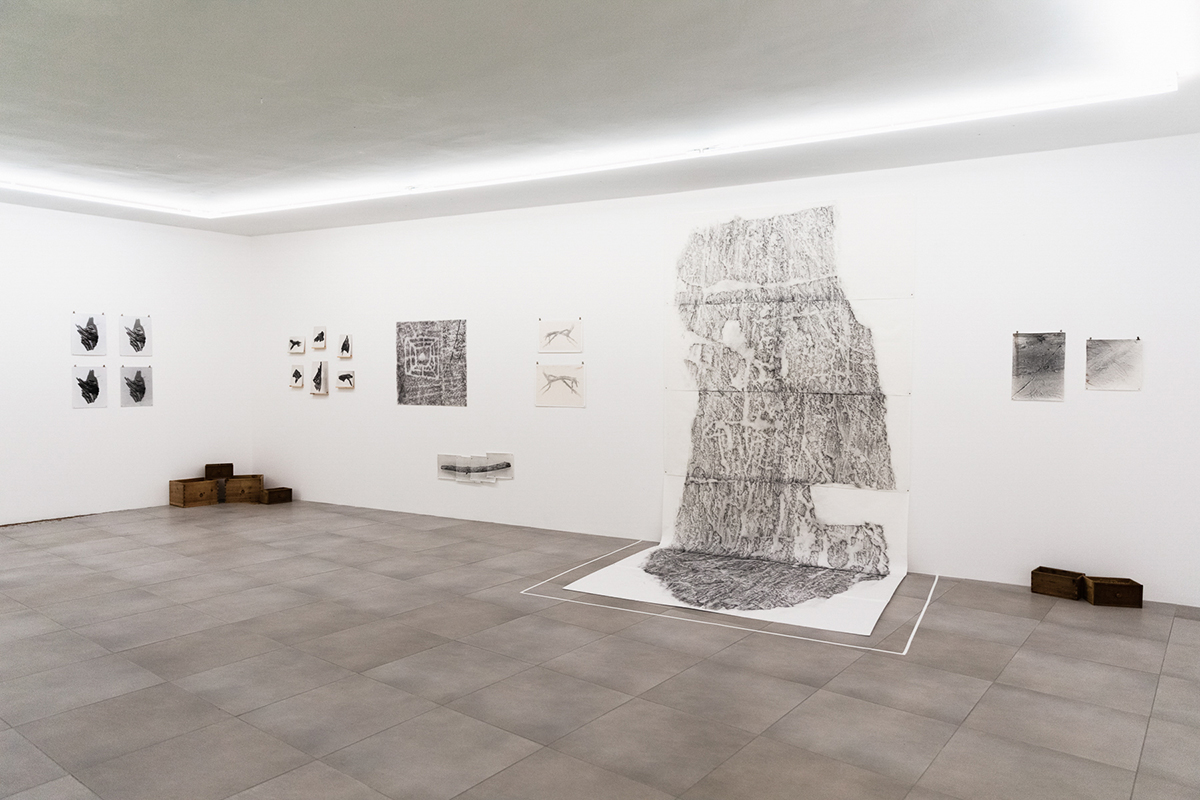
Silvia De Giorgi – Traces / Tracce / Spuren, Exhibition Foto Forum, Bolzano/Bozen (Italy), 2022, Image: Asia De Lorenzi, Installation view
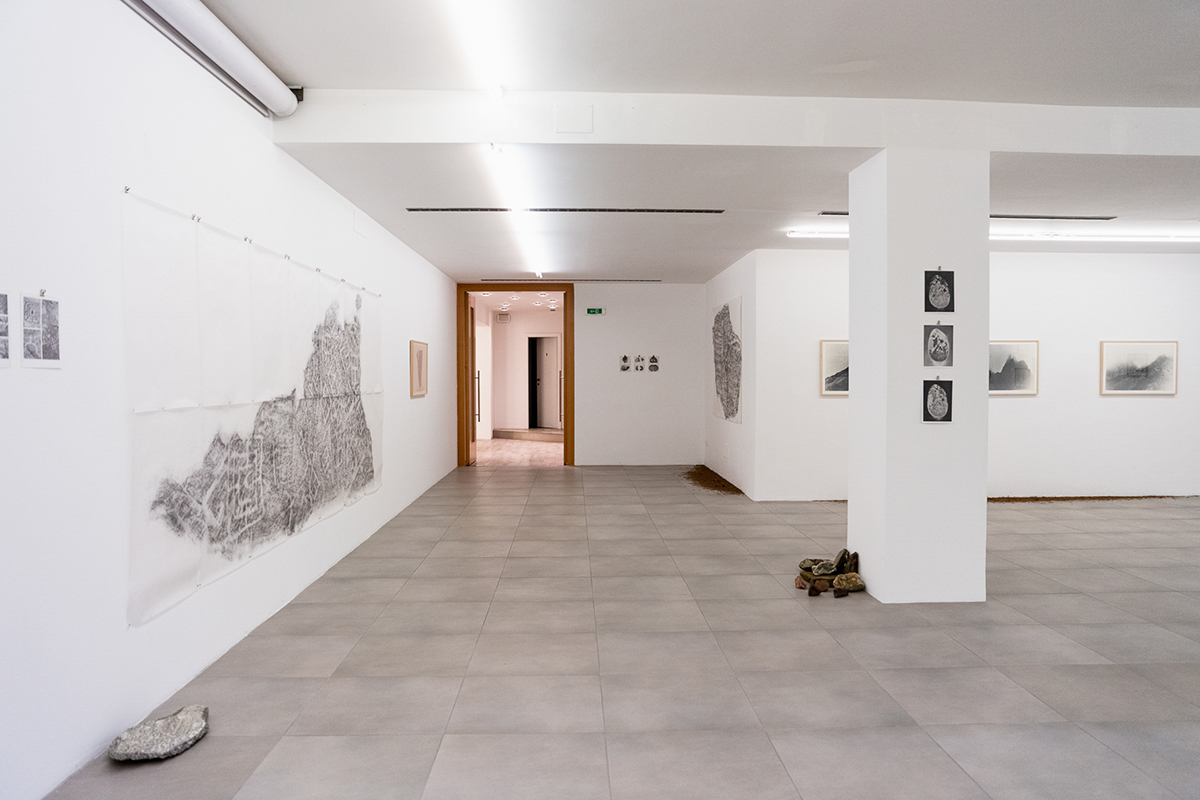
Silvia De Giorgi – Traces / Tracce / Spuren, Exhibition Foto Forum, Bolzano/Bozen (Italy), 2022, Image: Asia De Lorenzi, Installation view

Silvia De Giorgi – Traces / Tracce / Spuren, Exhibition Foto Forum, Bolzano/Bozen (Italy), 2022, Image: Luca De Giorgi, Installation view

Silvia De Giorgi – Traces / Tracce / Spuren, Exhibition Foto Forum, Bolzano/Bozen (Italy), 2022, Image: Asia De Lorenzi, Installation view
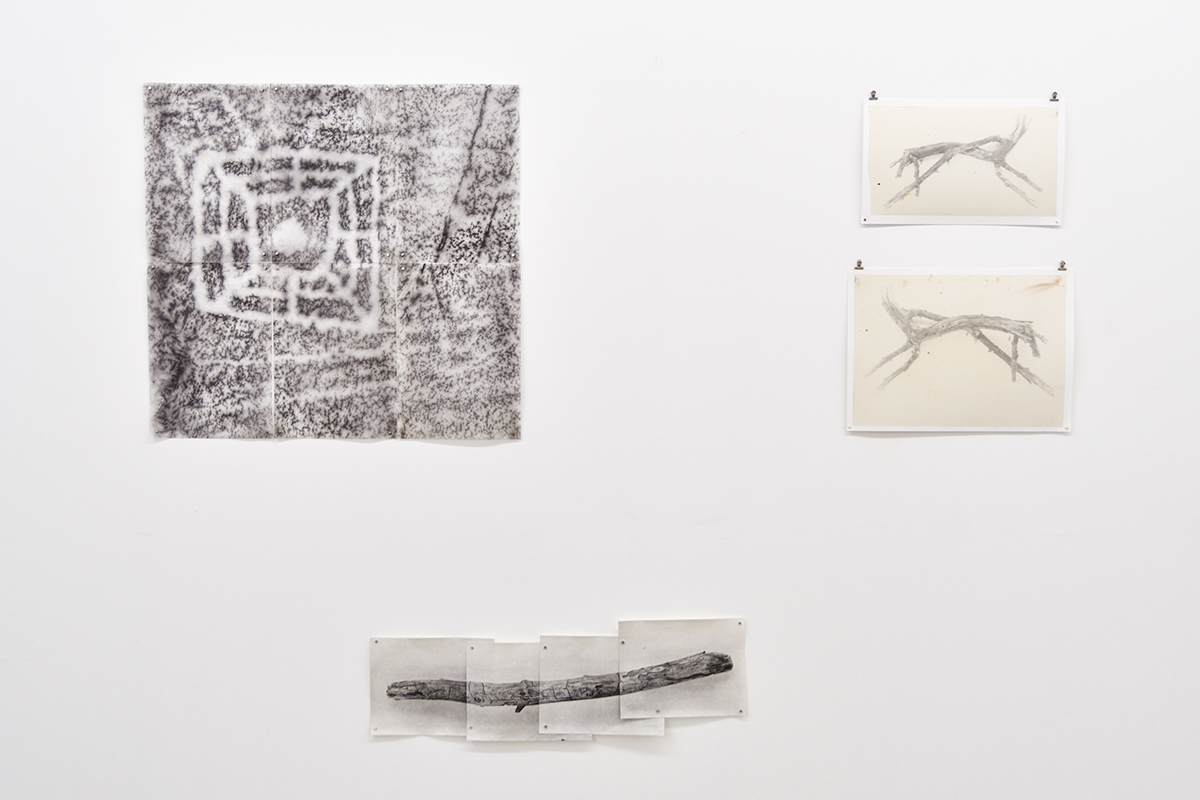
Silvia De Giorgi – Traces / Tracce / Spuren, Exhibition Foto Forum, Bolzano/Bozen (Italy), 2022, Image: Luca De Giorgi, Installation view

Silvia De Giorgi – Traces / Tracce / Spuren, Exhibition Foto Forum, Bolzano/Bozen (Italy), 2022, Image: Asia De Lorenzi, Installation view

Silvia De Giorgi – Traces / Tracce / Spuren, Exhibition Foto Forum, Bolzano/Bozen (Italy), 2022, Image: Asia De Lorenzi, Installation view

Silvia De Giorgi – Traces / Tracce / Spuren, Exhibition Foto Forum, Bolzano/Bozen (Italy), 2022, Image: Luca De Giorgi, Installation view
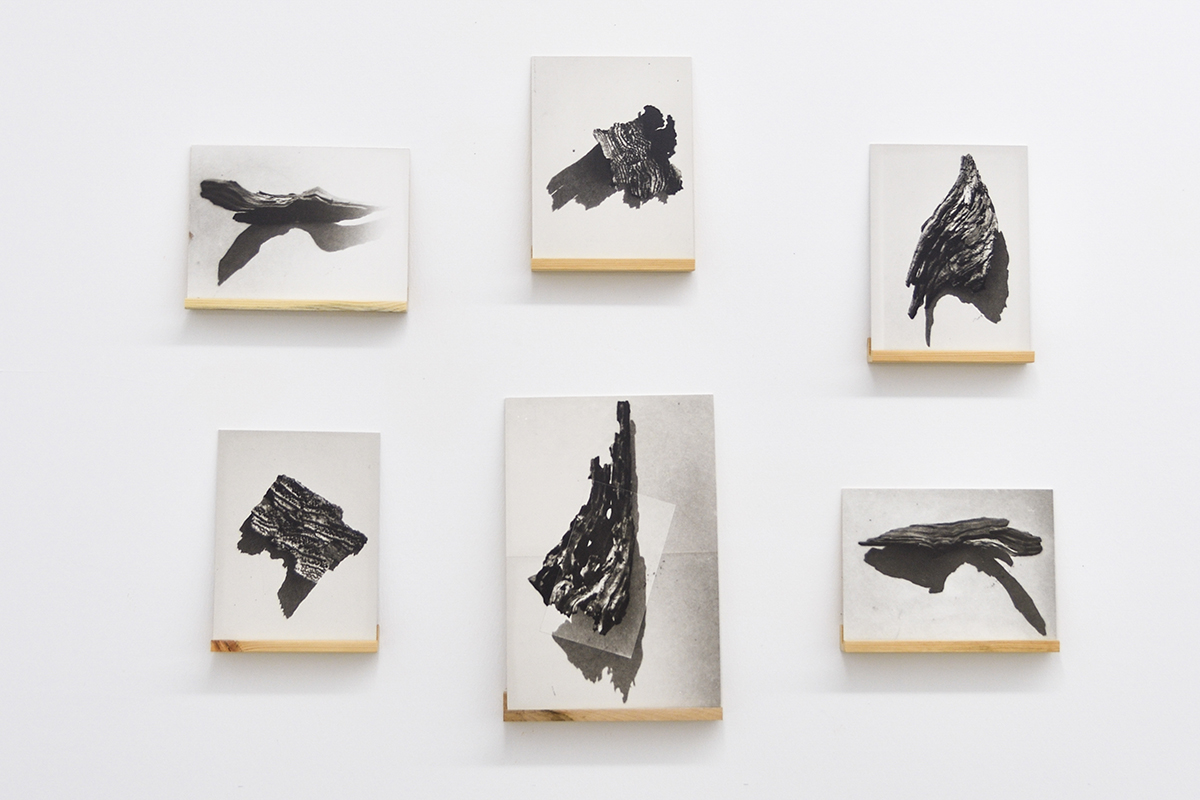
Silvia De Giorgi – Traces / Tracce / Spuren, Exhibition Foto Forum, Bolzano/Bozen (Italy), 2022, Image: Luca De Giorgi, Installation view
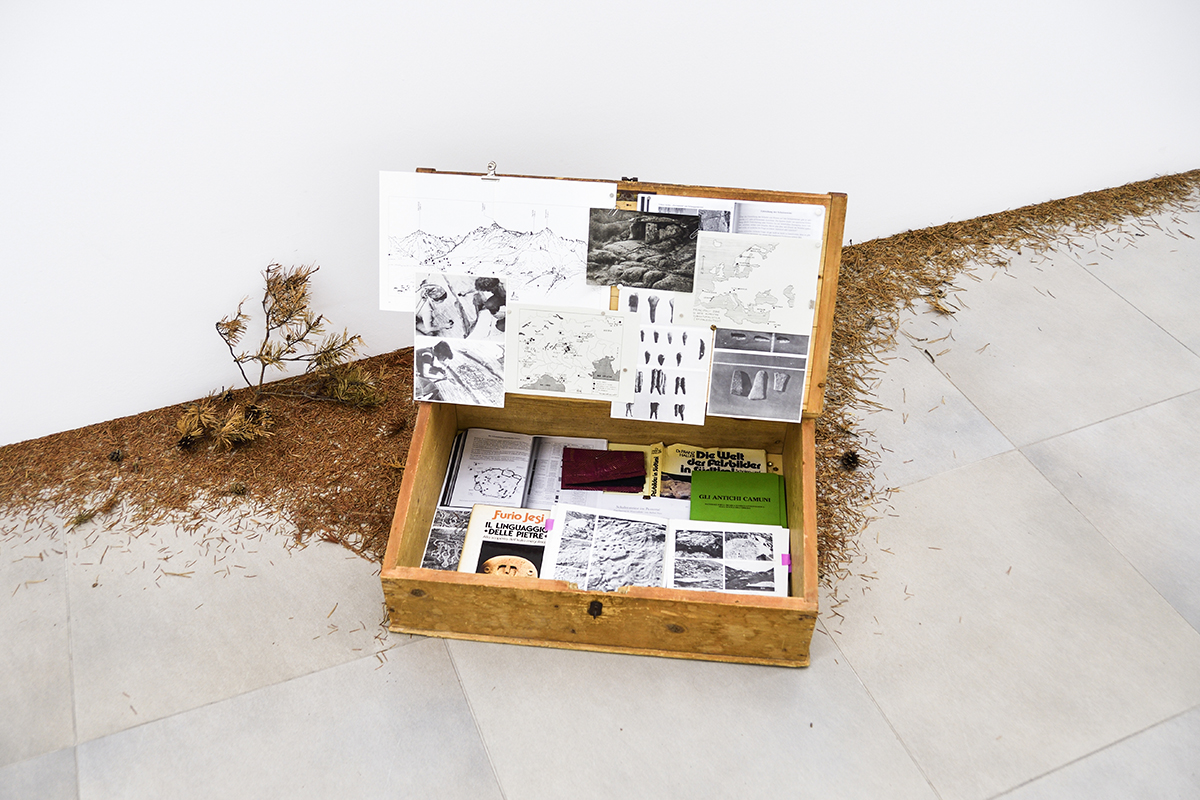
Silvia De Giorgi – Traces / Tracce / Spuren, Exhibition Foto Forum, Bolzano/Bozen (Italy), 2022, Image: Luca De Giorgi, Installation view
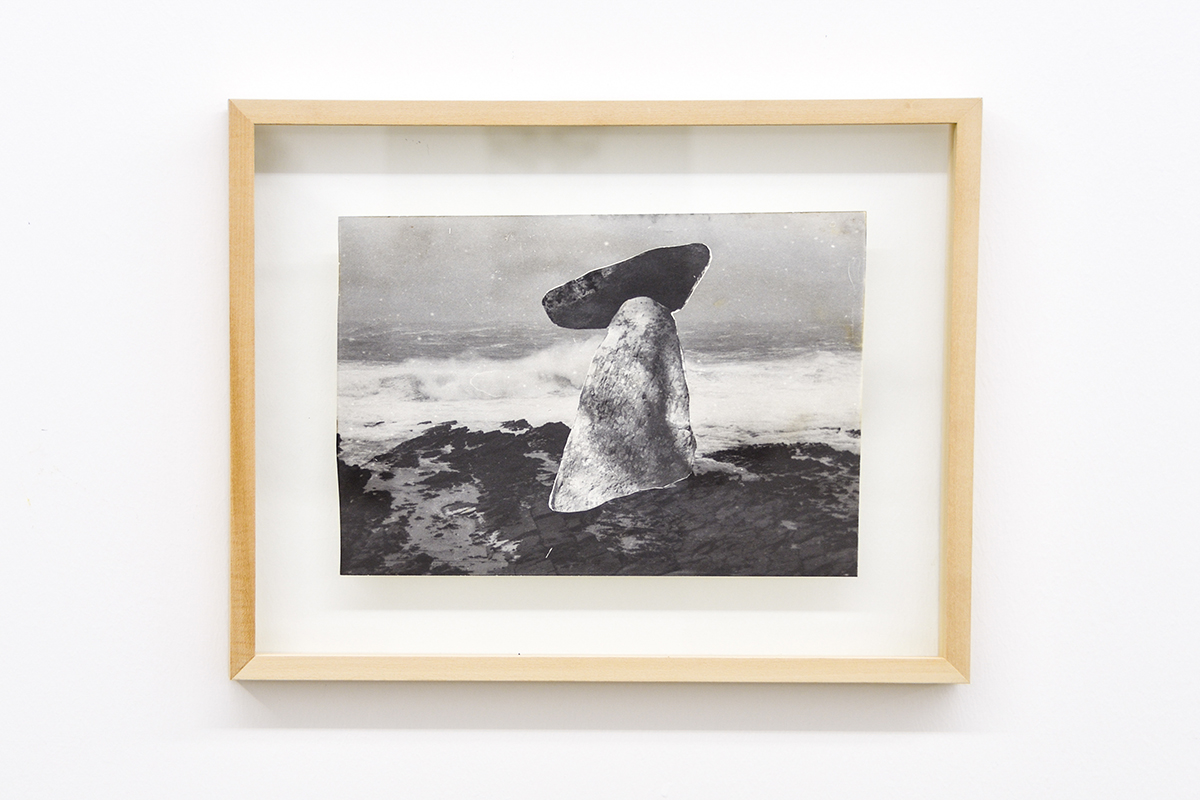
Silvia De Giorgi – Traces / Tracce / Spuren, Exhibition Foto Forum, Bolzano/Bozen (Italy), 2022, Image: Luca De Giorgi, Installation view
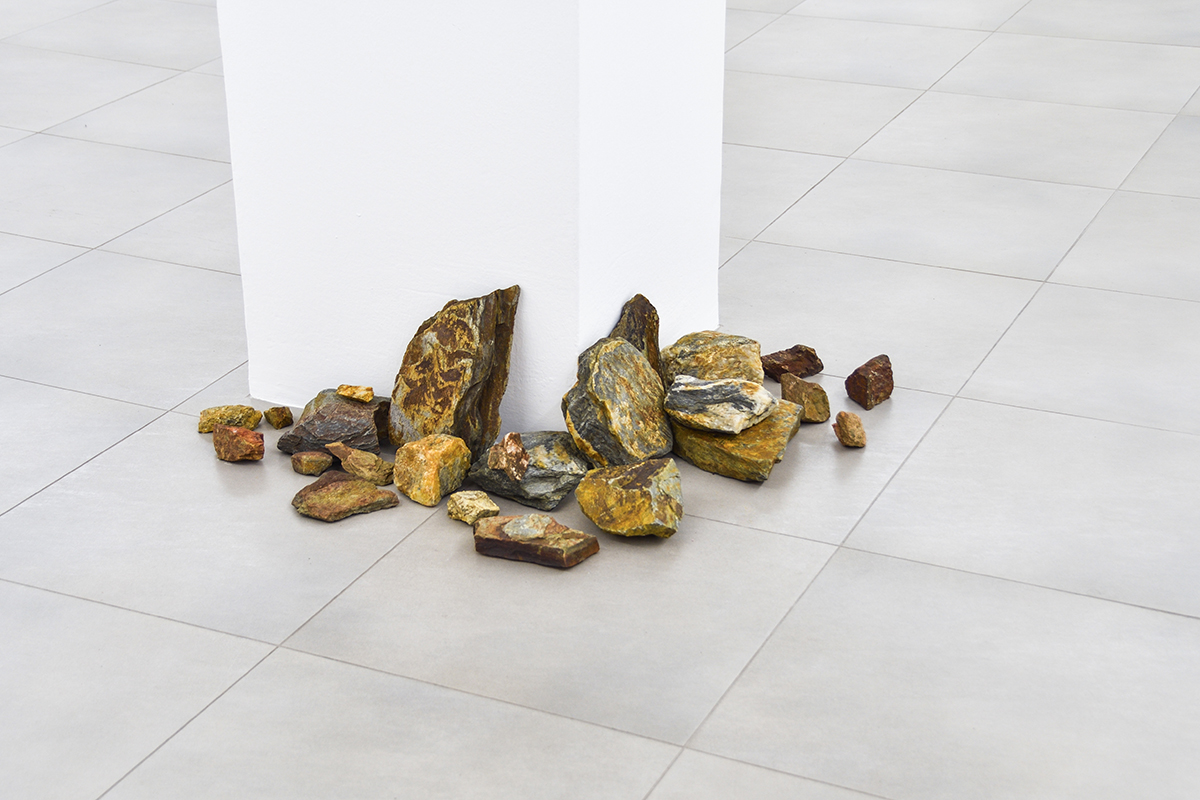
Silvia De Giorgi – Traces / Tracce / Spuren, Exhibition Foto Forum, Bolzano/Bozen (Italy), 2022, Image: Luca De Giorgi, Installation view

Silvia De Giorgi – Traces / Tracce / Spuren, Exhibition Foto Forum, Bolzano/Bozen (Italy), 2022, Image: Asia De Lorenzi, Installation view

